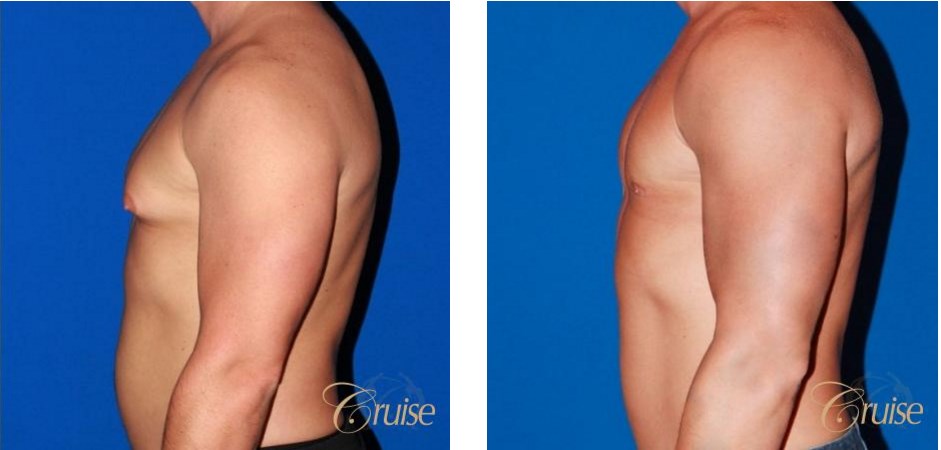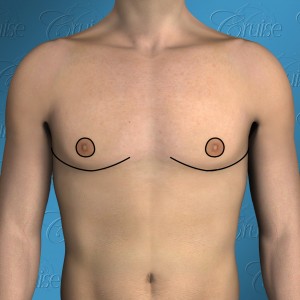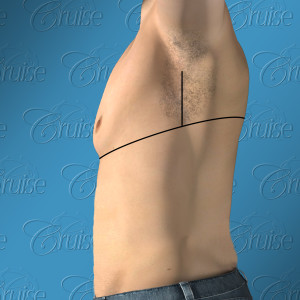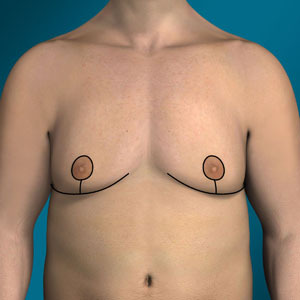Virtual Consultations Available! Start Your Journey Today.
Schedule A Consultation
A classification system is only useful if it outlines a treatment plan.
Dr. Cruise
Breast tissue – under nipple/areola only
Nipple position – above border of pec. muscle
Lateral chest fold – tight, straight
Breast tissue – extends over chest fold
Nipple position – above border of pec. muscle
Lateral chest fold – tight, rounded
Breast tissue – extends over chest fold
Nipple position – 0 to 2 cm. below border of pec. muscle
Lateral chest fold – mild laxity, horizontal
Breast tissue – extends into axilla
Nipple position – >1.5 cm below border of pec. muscle
Lateral chest fold – small breast roll in front of arm pit
Breast tissue – extends into axilla
Nipple position – ≥ 2 cm below border of pec. muscle
Lateral chest fold – breast roll extends to the back of arm pit
Breast tissue – extends into axilla
Nipple position – ≥ 2cm below border of pec. muscle
Lateral chest fold – breast roll extends around to back
“Achieving optimal results and avoiding complications requires both expertise and a plan”
Dr. Cruise

Ideally, there should not be any fat pockets. There are three common fat pockets that need to be evaluated and removed if present:









Call our office today, (949) 373-4867, or fill out our online contact form to learn more about gynecomastia and what your surgical options are. Dr. Cruise has performed over 5,000 gynecomastia surgeries and is ready to meet you for a consultation.
